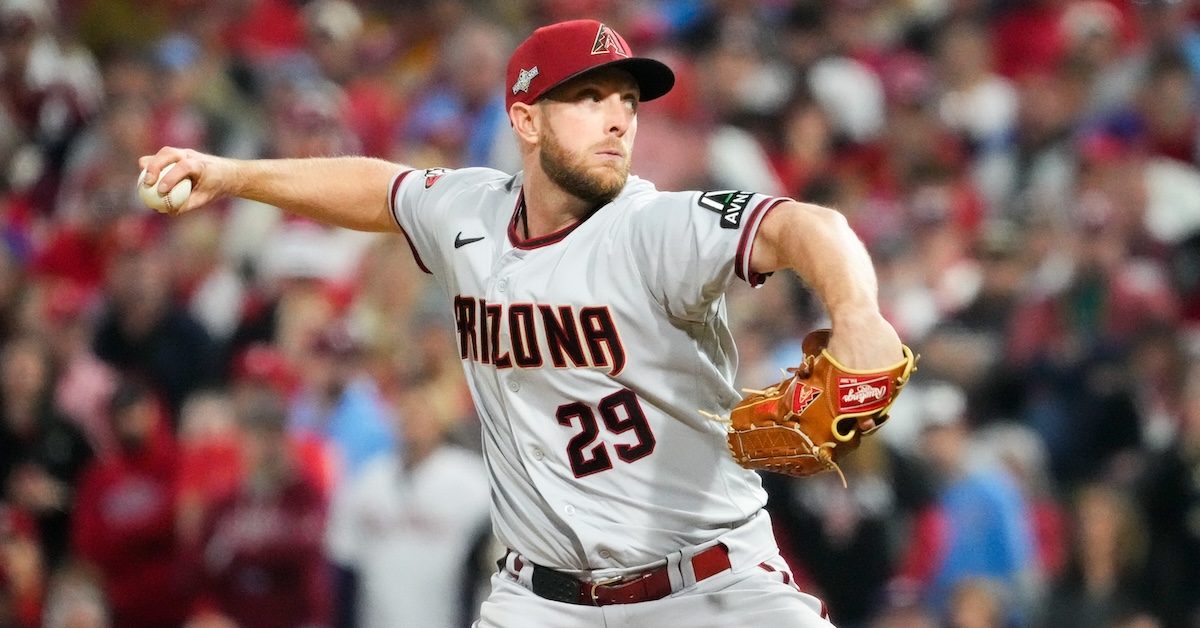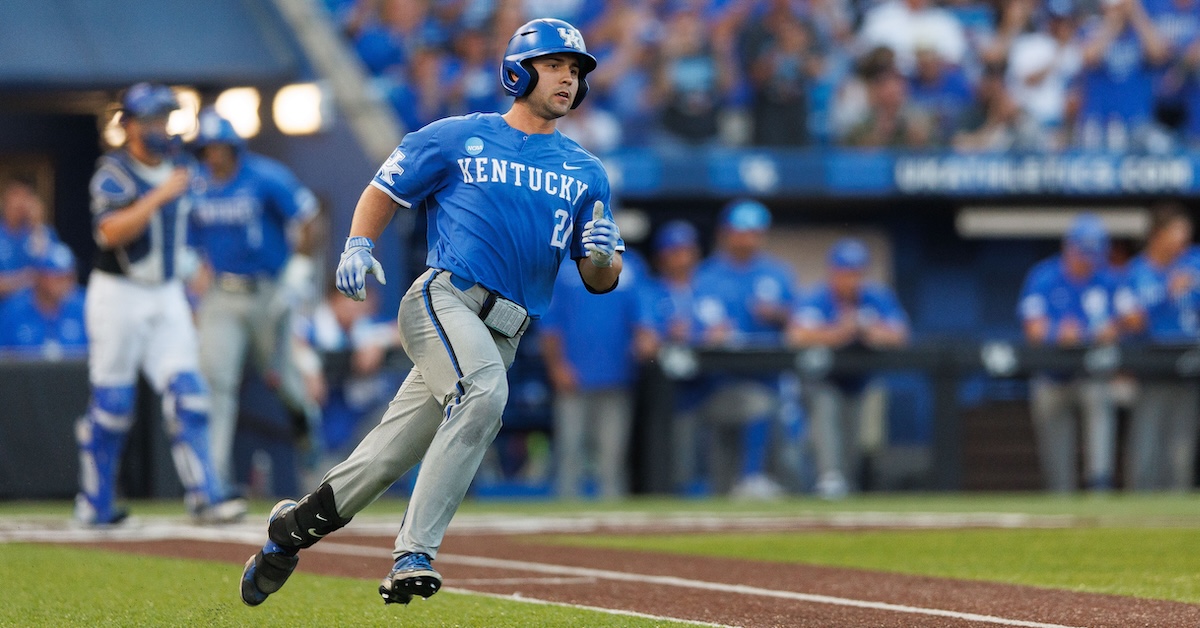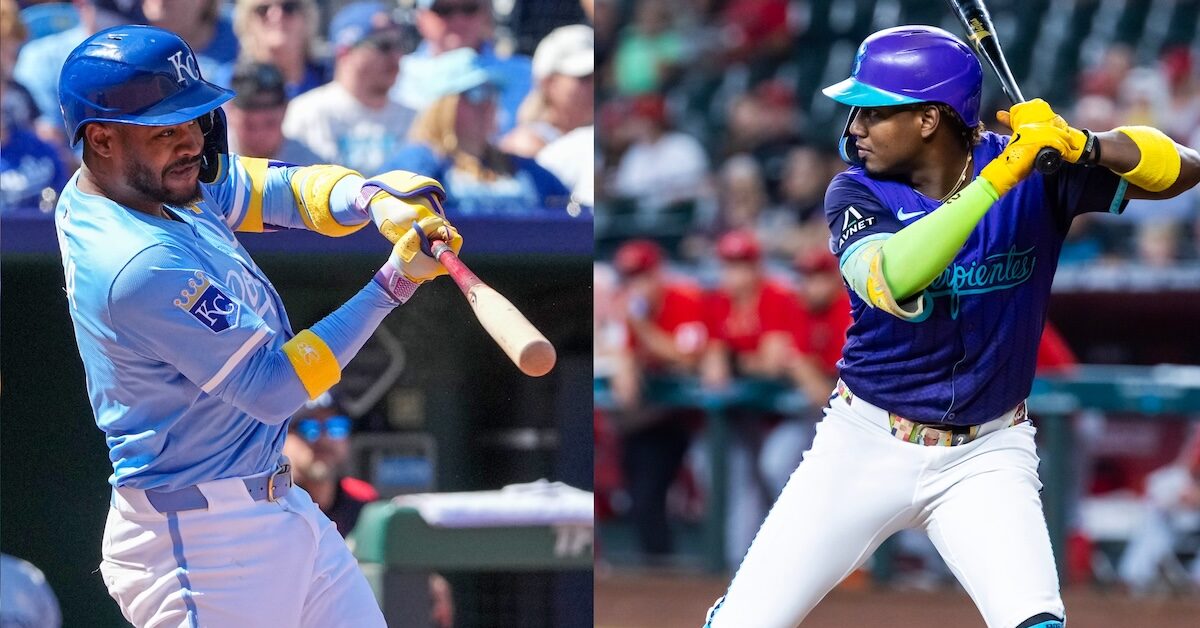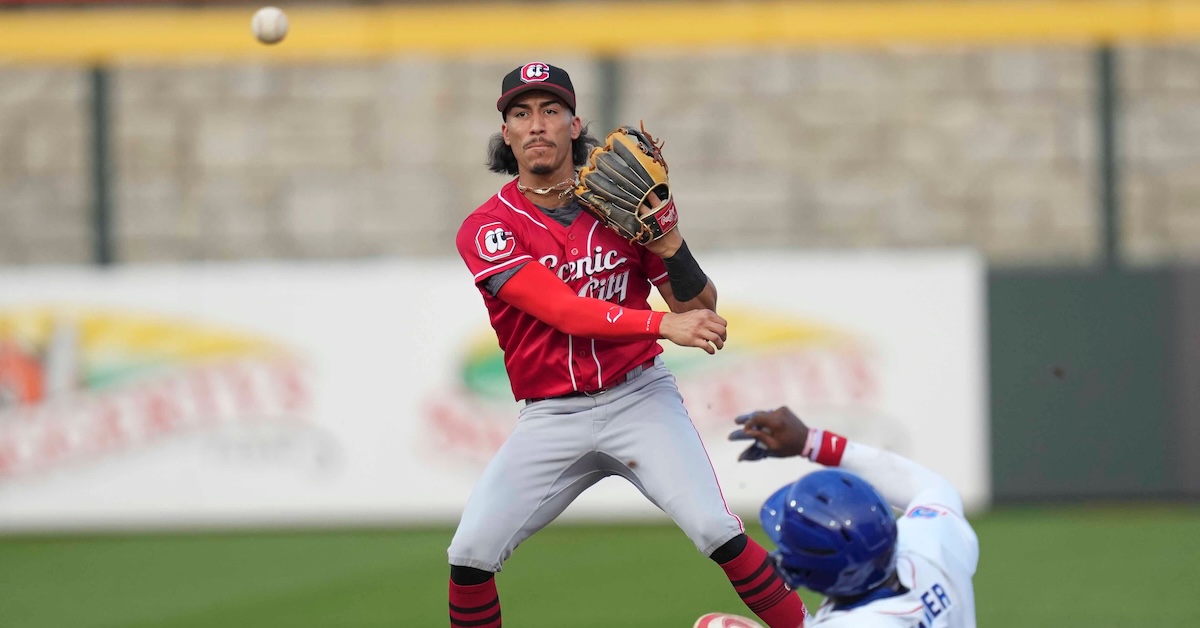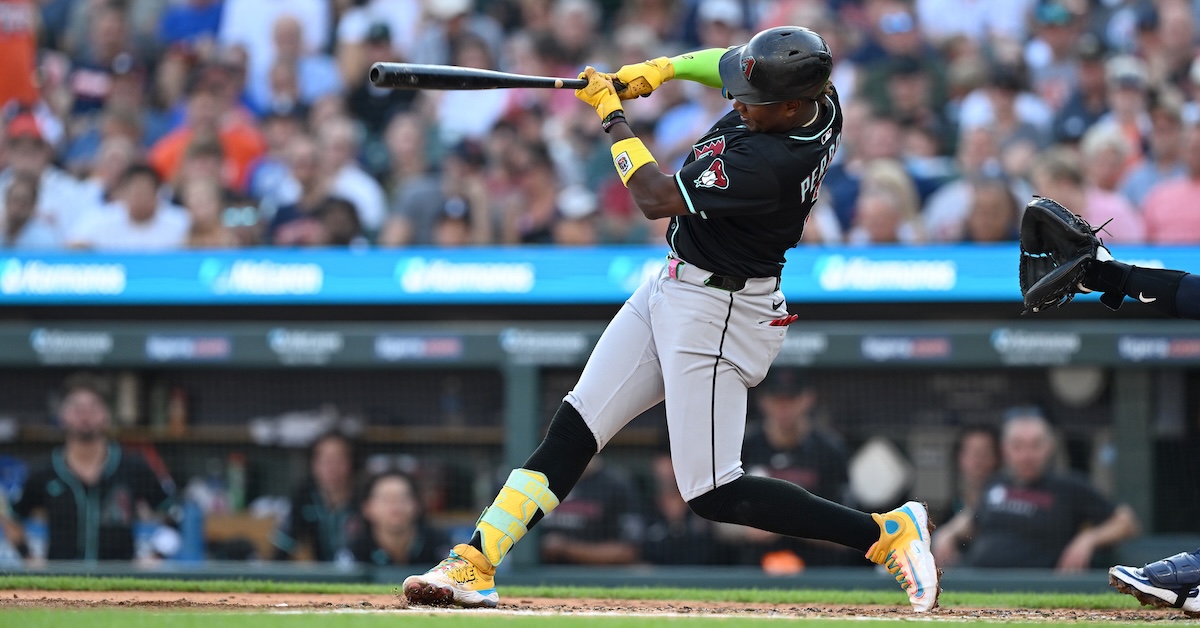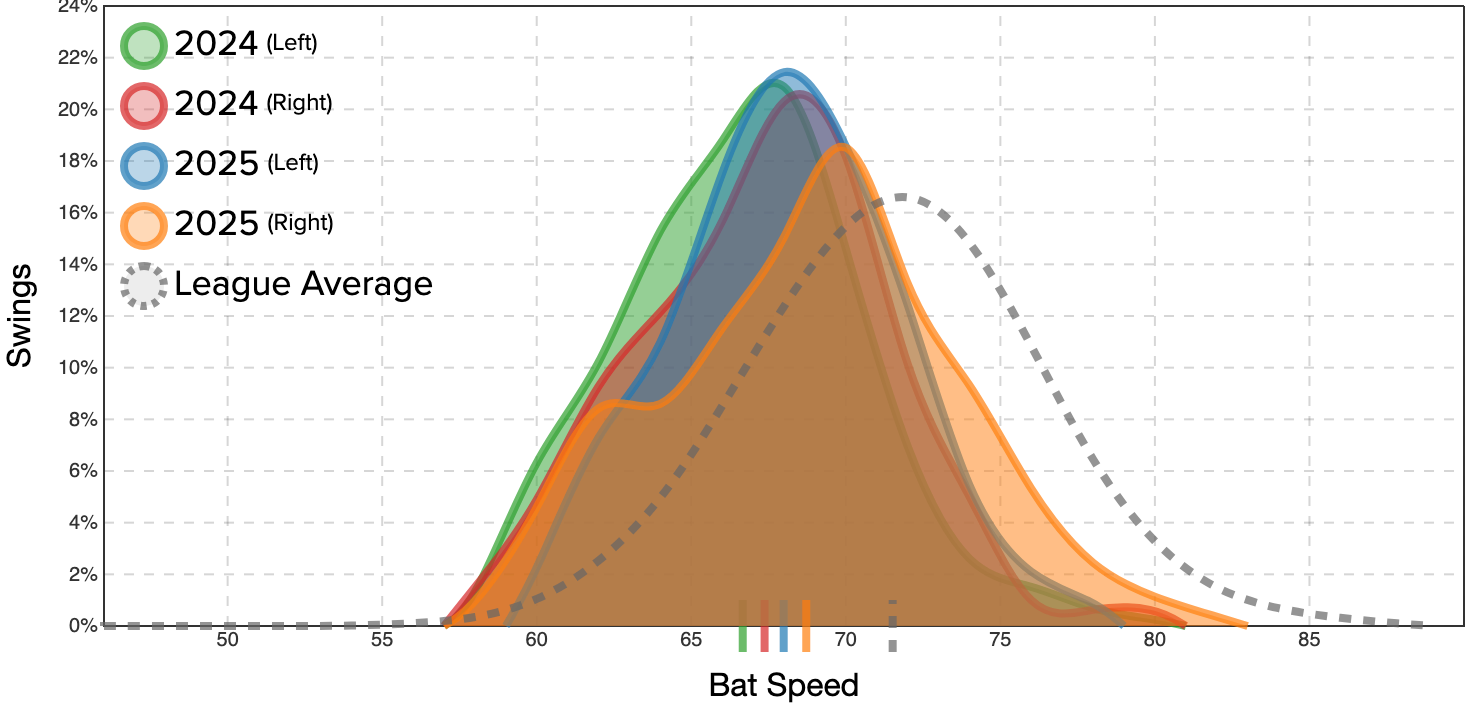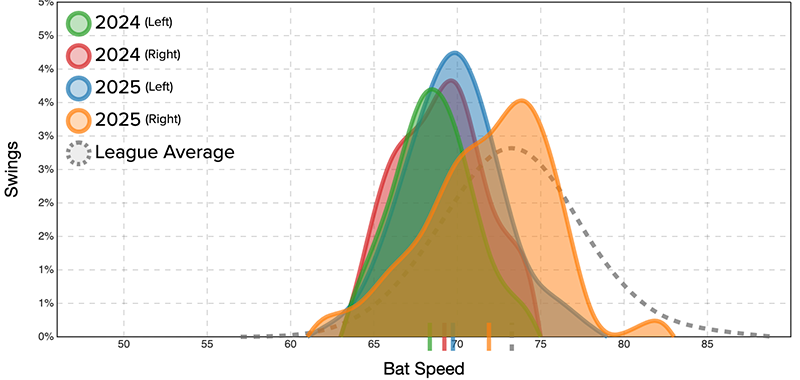Direct links to applications (please see job details below):
Baseball Operations Associate
International Area Scout – Barquisimeto, Venezuela
Bullpen Catcher
Baseball Operations Associate
The Arizona Diamondbacks are seeking a full-season associate to join the Baseball Operations department. This role offers a unique opportunity to gain hands-on experience across multiple areas of the organization, with responsibilities that will evolve throughout the baseball calendar. The ideal candidate will bring strong analytical skills, creativity, and a deep passion for the game to help drive innovation and support decision-making across the department.
Reports To: Director, Baseball Administration & Director, Baseball Operations
Location: Phoenix, Arizona
Term: Full-season associate, preferably beginning January 2026
Position Summary
The Baseball Operations Associate will support analysts and front office staff with ongoing projects and operational processes. Additionally, the associate will have the opportunity to take on one or more projects aligned with their skills and interests that provide value to the organization.
Primary Responsibilities
- Collaborate across departments (Analytics/R&D, Baseball Operations, Player Development, and Scouting) assisting all departments with necessary tasks.
- Produce statistical analyses and daily reports for baseball operations staff.
- Conduct exploratory research to uncover trends and insights that may lead to competitive advantages.
- Recommend advancements to Baseball Operations procedures and infrastructure to enhance efficiency.
- Assist with the setup, capture, and processing of on-field technology at Chase Field and Salt River Fields.
- Perform ad hoc analyses and research projects for various Baseball Operations groups.
- Support front office staff in preparation for key events such as Salary Arbitration, the Rule 4 Draft, and the MLB Trade Deadline.
- Contribute to ongoing projects within the R&D and Baseball Operations teams.
- Perform other duties as assigned.
Qualifications
- Bachelor’s degree from an accredited college or university, or equivalent experience
- Strong quantitative background demonstrated through academic coursework or work samples is strongly preferred (SQL, R, Python, Tableau, or similar tools).
- Advanced proficiency in Microsoft Office, particularly Excel, Word, and PowerPoint.
- Excellent organizational, communication, and time management skills.
- Deep understanding of and passion for baseball.
- Ability to manage multiple responsibilities in a fast-paced environment with strong attention to detail.
- Familiarity with current trends and development in baseball analytics is preferred but not required.
- Willingness to work evenings, weekends, and holidays
- Ability to relocate to the Phoenix area
- Valid driver’s license required
Application Requirements
Please submit the following:
A cover letter and resume, including any relevant baseball research or applicable project work.
We are an equal opportunity employer and all qualified applicants will receive consideration for employment without regard to race, color, religion, national origin, sex, sexual orientation, age, disability, gender identity, marital or veteran status, or any other protected class.
To Apply
To apply, please follow this link.
International Area Scout – Barquisimeto, Venezuela
Reports To: Director, International Scouting & Assistant Director of International Scouting
Location: Barquisimeto, Venezuela (Lara State & surrounding regions)
Term: Full-time, year-round role
Position Summary
The International Area Scout for the Barquisimeto region will serve as the organization’s primary evaluator and representative within Lara State and surrounding territories. This role involves consistent field presence, player evaluation, market intelligence, and coordination with the broader International Scouting department. The ideal candidate will possess strong observational skills, deep regional baseball knowledge, and the ability to build trusted relationships in the Venezuelan amateur market.
Primary Responsibilities
- Identify, evaluate, and track amateur players within Barquisimeto, Lara State, and nearby regions.
- Submit detailed scouting reports, evaluations, and supporting video through the organization’s scouting system.
- Establish and maintain relationships with buscones, trainers, academies, leagues, and local baseball contacts.
- Attend games, tournaments, showcases, and private workouts on a regular and structured schedule.
- Provide timely updates on prospect movement, development progress, market dynamics, and sign ability considerations.
- Coordinate player looks, tryouts, and evaluation opportunities for crosscheckers and scouting directors.
- Assist with administrative tasks related to scheduling, data entry, video capture, and event coordination.
- Maintain compliance with MLB International rules, organizational policies, and ethical scouting standards.
- Collaborate with International Scouting leadership on projects or region-specific initiatives as identified.
- Perform other duties as assigned.
Qualifications
- Prior experience as a player, scouting, coaching, or player development within the Venezuelan amateur market preferred.
- Strong understanding of baseball tools, biomechanics, and player projection.
- Excellent organizational, communication, and time-management skills.
- Ability to work independently and travel frequently within the assigned region.
- Fluency in Spanish required; proficiency in English preferred.
- Deep passion for player evaluation and international amateur baseball.
- High attention to detail and timely reporting habits.
- Familiarity with scouting technology, video tools, or player-tracking systems is a plus.
- Ability to work evenings, weekends, and irregular hours as required by the baseball calendar.
- Valid Venezuelan identification, driver’s license, and reliable transportation.
Preferred Skills
Existing relationships with trainers and academies in the Barquisimeto / Lara region.
Experience preparing formal scouting reports or video documentation.
Knowledge of international signing processes and market cycles.
Application Requirements
Please submit the following:
- Resume
- Cover letter
- Any relevant scouting samples, reports, or player evaluations (optional but preferred)
We are an equal opportunity employer and all qualified applicants will receive consideration for employment without regard to race, color, religion, national origin, sex, sexual orientation, age, disability, gender identity, marital or veteran status, or any other protected class.
To Apply
To apply, please follow this link.
Bullpen Catcher
Position Summary
The Arizona Diamondbacks are seeking a part time Bullpen Catcher to assist in catching bullpens at Salt River Fields in Scottsdale , AZ. This role will work closely with minor league pitching and rehab coordinators to assist in minor league bullpens and throwing programs. There is also opportunity to spend time in different areas across Player Development depending on the skillset.
Reports To: Director, Player Development & Minor League Pitching Coordinators
Location: Scottsdale, Arizona
Term: Part Time. January 2026 – October 2026
Primary Responsibilities:
- Assist pitchers with warmups, throwing program, and side sessions.
- Assist rehab coordinators with on field work ( PFP, Batting practice, Fungos, etc).
- Assist video department with data collection as assigned.
Required Qualifications:
- Experience catching college or professional pitchers.
- Ability to catch multiple bullpens daily
- Strong work ethic willingness to learn.
We are an equal opportunity employer and all qualified applicants will receive consideration for employment without regard to race, color, religion, national origin, sex, sexual orientation, age, disability, gender identity, marital or veteran status, or any other protected class.
To Apply
To apply, please follow this link.
The content in this posting was created and provided solely by the Arizona Diamondbacks.
